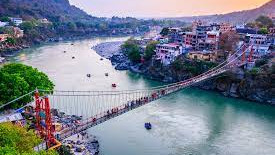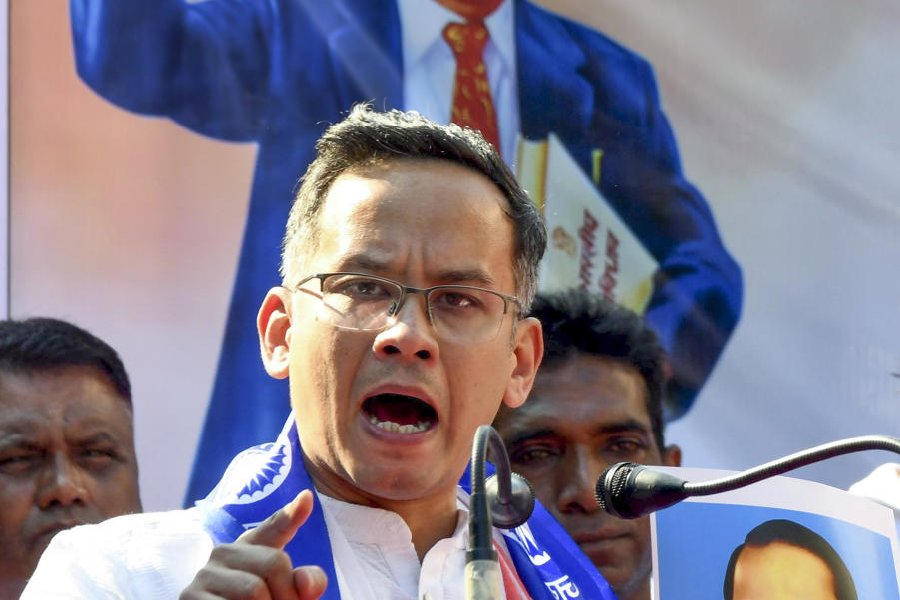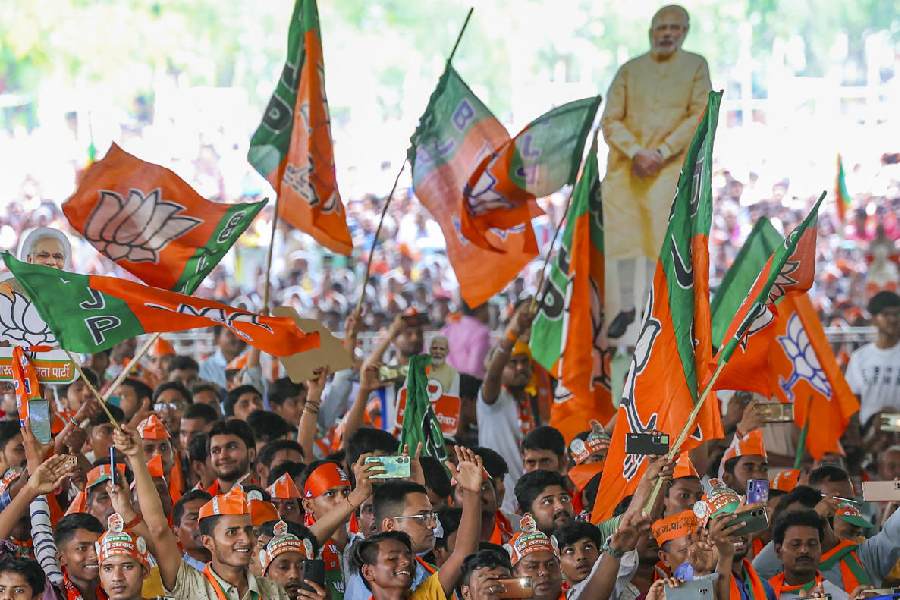Chacha Chaudhary, an Indian comic book character, has been made brand ambassador for Namami Gange, the prime minister’s flagship project. The National Mission for Clean Ganga hopes to raise awareness among children about the need for behavioural changes towards the Ganga and other rivers with a bit of help from Chaudhary who is popular in this age group. But will Chaudhary also reveal the bitter truth that in seven years, only 37 per cent of the funds sanctioned for the Namami Gange project has been utilized? Unsurprisingly, the plan to build a robust sewage infrastructure — three-fourths of the Ganges’s pollution is caused by the municipal sewage from about 100 cities and towns — remains unrealized; only 39 per cent of the sewage projects has been completed. It is unlikely that Chaudhary, a hero on paper only, would be able to stop industrial discharge, which is one of the main sources of pollution of the Ganges. That is the responsibility of the government. Ironically, the lockdown achieved what the powers that be failed to. A study by the Indian Institute of Technology Kanpur showed that the shutdown of industrial operations last year had reduced chemical and heavy metal contamination of the Ganges by more than 50 per cent, albeit temporarily.
The Ganges’s rejuvenation is not just a political task; it must be reimagined as a public commitment. Therefore, the social ecosystem around the river needs to be transformed. This, in turn, can only be achieved by instituting incremental, but persuasive, changes in public behaviour to erase regressive customs. In a country where the dead are still sent floating down the river in the hope of divine deliverance, the Bharatiya Janata Party is unlikely to discover the spine to discourage such rituals, fearing political backlash. The Ganges is not the only river in danger: most of India’s principal riverine systems are being allowed to deteriorate. Unchecked pollution and restrictions on water flow are two major threats. What allows governments to get away with such lapses is the tepid nature of public concern about the depredations on the fragile environment. Even interventions by courts — the Uttarakhand High Court had accorded the Ganges and the Yamuna legal rights before the apex court stayed the verdict — have not resulted in urgent changes, either in policy or in the public consciousness. The reliance on Chacha Chaudhary to turn the tide is thus tragicomic.











